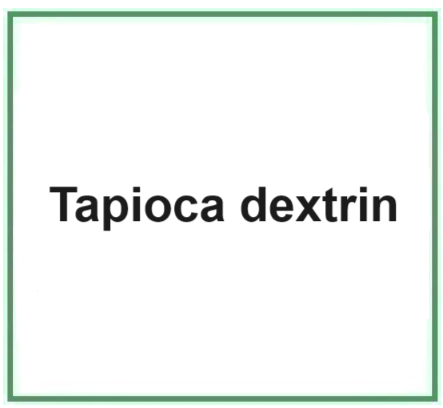![]() Tapioca dextrin
Tapioca dextrin
Rating : 7
Tapioca dextrin is a product of natural origin, a dextrin derived from tapioca starch.The name describes the structure of the ingredient.Tapioca refers to the source from which the product is derived. Tapioca is a starch extracted from the roots of the cassava plant belonging to the Euphorbiaceae botanical family .Dextrin. Dextrins are a ... (Read the full Tiiip)
8 pts from Whiz35
| Evaluate | Where is this found? |
| "Descrizione" about Tapioca dextrin Review Consensus 8 by Whiz35 (11840 pt) | 2023-Sep-30 21:15 |
Tapioca dextrin is a product of natural origin, a dextrin derived from tapioca starch.The name describes the structure of the ingredient.Tapioca refers to the source from which the product is der ...
| Read the full Tiiip | (Send your comment) |
Read other Tiiips about this object in __Italiano (1)
Component type: Chemical Main substances: Last update: 2023-09-30 21:04:33 | Chemical Risk: |


